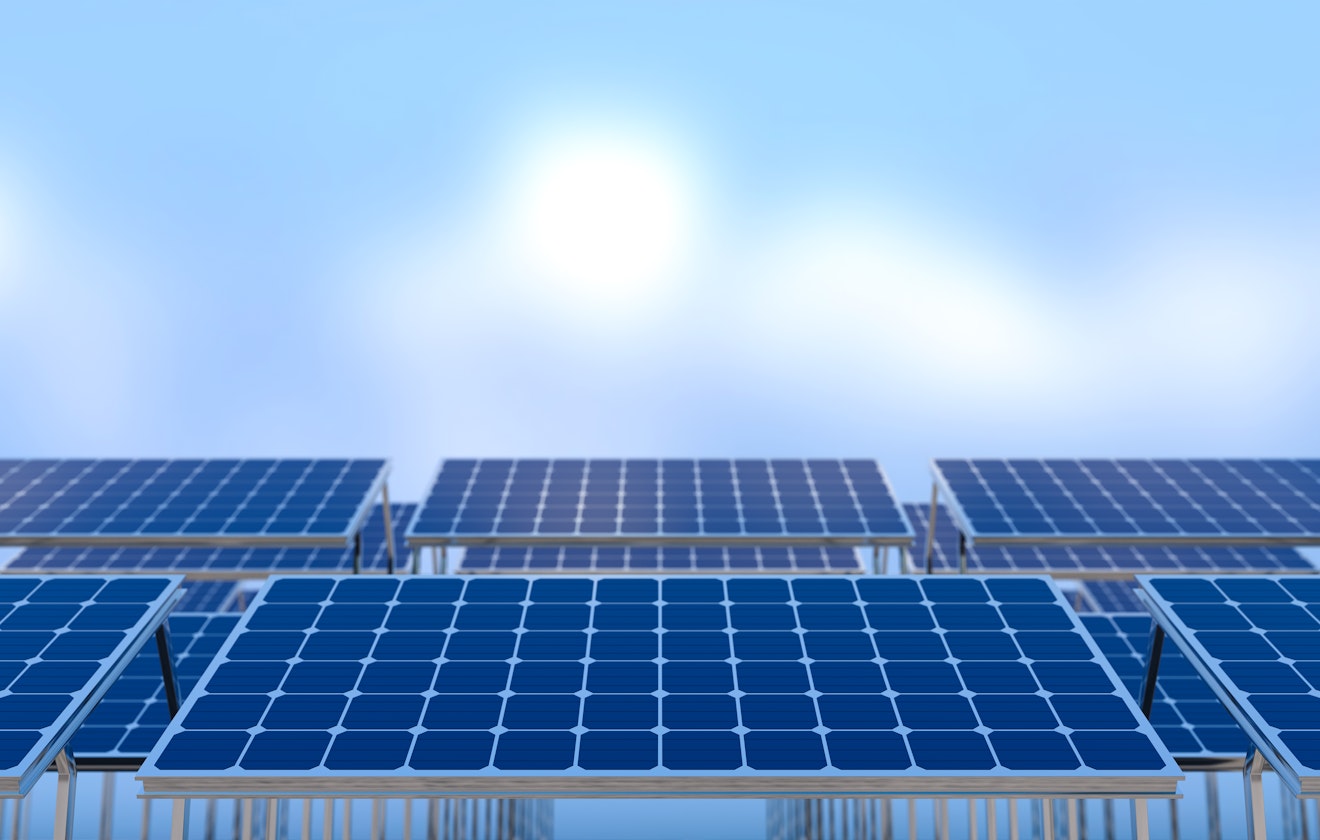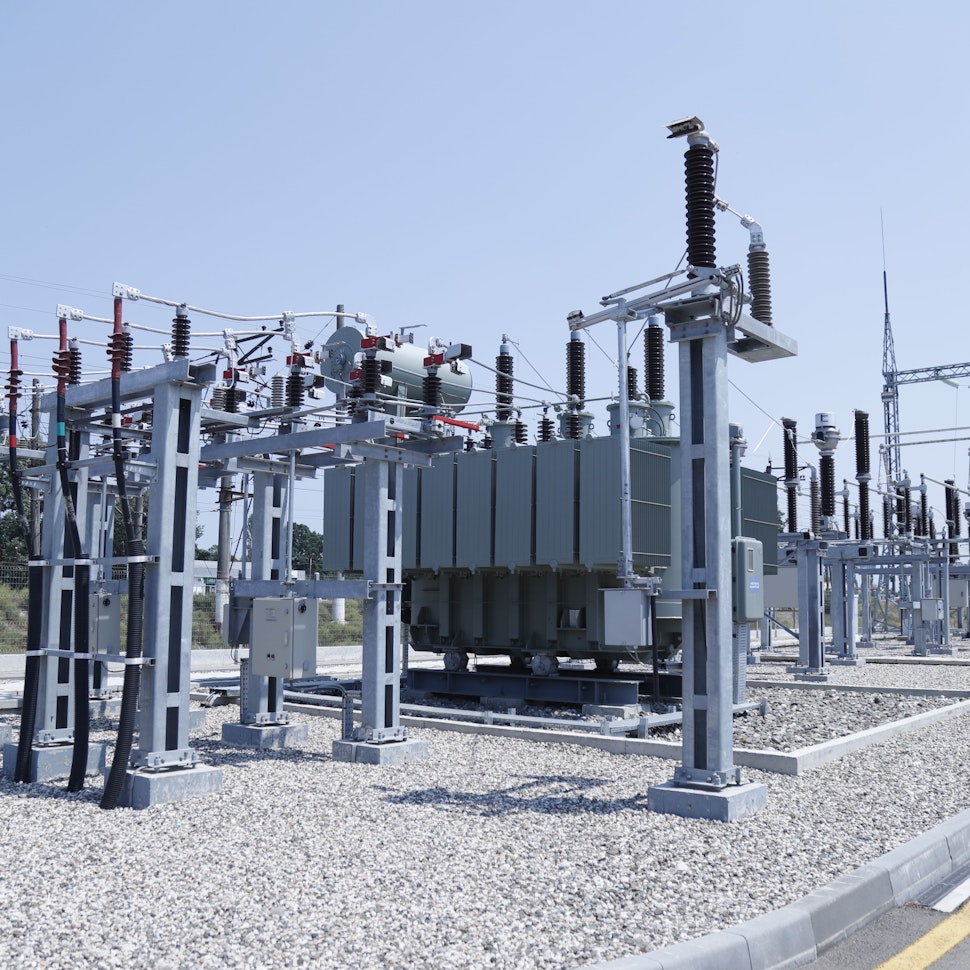A look at the difference between active and reactive power in solar design




Bernardino Martin
Product Owner
Bernardino brings over two years of expertise to RatedPower, serving as Product Owner in the Product department. Previously excelling as a Customer Success Manager focusing on diverse markets where he developed a keen understanding of those market needs. Leveraging this experience, he now serves as a dedicated Product Owner, enhancing software solutions. Holding a Degree in Energy Engineering and a Master's in Industrial Engineering, Bernardino seamlessly combines technical prowess with a customer-centric approach, contributing to the ongoing innovation and advancement of renewable energy solutions.

Learn about active and reactive power and how capacitor banks compensate for reactive power.
Content
What is active power?
Active power definition: Active power is the power that is consumed or utilized in an AC circuit. It is also referred to as real power or true power.
Active power is the product of voltage and current in a circuit multiplied by the power factor, representing the efficiency with which the power is being used. It is typically denoted by P and measured in watts (W). In alternating current (AC) circuits, active power is the portion of the power waveform that is in phase with the voltage waveform.
Active power is always positive and flows from the source to the load.
What is reactive power?
Reactive power definition: Reactive power is the component of electrical power that oscillates between the load and the source without performing any useful work. It occurs when the voltage and current are out of phase in an AC circuit. Reactive power is measured in volt-ampere reactive (VAR).
Instead of flowing smoothly in one direction, reactive power flows back and forth. This results in power moving in both directions around the circuit or reacting back on itself. Reactive power can be both positive when flowing from the source to the load and negative when flowing from the load to the source.
While it does not contribute to the device’s function, reactive power can be used to measure a circuit’s power factor. It also creates electromagnetic fields that can be used by devices such as transformers, motors, and fluorescent lights.
Reactive power is only defined for AC circuits and is represented by Q.
What is the difference between active, reactive and apparent power?
The main difference between active and reactive power is their roles and effects within an electrical system.
Active power is the actual power dissipated in the circuit. This is the useful power used to make devices operate. Active power is measured in watts (W) and is the product of the voltage, current, and the cosine of the angle between them.
Reactive power is useless power stored in the circuit. It can be discharged by an induction motor, transformer, or solenoids. It is measured in volt-ampere-reactive (VAR) and is the product of voltage, current, and the sine of the angle between them.
Apparent power is a combination of active and reactive power measured in Volt-Amps (VA). It is a product of voltage and current without the sine or cosine of angle.
What creates reactive power?
Reactive power is created when an electrical circuit has inductive or capacitive elements. These elements cause a phase difference between voltage and current waveforms in AC circuits, which produces reactive power to maintain the electromagnetic fields associated with these elements.
Inductive elements, like coils and transformers, store energy in a magnetic field when current flows through them. The stored energy is released back to the circuit when the current changes, causing a lagging phase shift between voltage and current. Reactive power is needed to sustain this lagging phase and maintain the magnetic fields.
Capacitive elements, such as capacitors, store energy in an electric field when voltage is applied across them. Capacitive elements cause a leading phase shift between voltage and current, and reactive power is then required to sustain it.
How can capacitor banks compensate for reactive power?
Capacitor banks are storage devices consisting of multiple capacitors of the same rating connected in series or parallel, depending on the desired rating. They store and condition large amounts of electrical energy flow and compensate for reactive power.
Reactive power must be considered when sizing a PV plant to ensure it can deliver the intended active power. One way to do this is by increasing the number of inverters, which won’t decrease the amount of reactive power but can ensure you get the required rated power when considering reactive power. Another way to manage reactive power is by directly compensating it through capacitor banks.
When connected to the electric system, capacitor banks introduce capacitive reactive power. This has the opposite effect of inductive reactive power and helps reduce or even cancel out the overall reactive power.
Introducing capacitive reactive power into the system can improve its power factor and bring it close to the goal of unity. This has the added benefit of reducing losses within the system, including transmission lines, transformers, and other components. Capacitor banks also increase the effective capacity of the electrical system, allowing for more active power to be transmitted and utilized within the same system constraints.
How to set a power factor in RatedPower
Utility-scale PV plants must fulfill a series of grid-mandated requirements, one of which is reactive power regulation. That’s why RatedPower has put together a tool to help you define the power factor of your PV plant and BESS.
With our power factor functionality, users can choose to use inverters, capacitor banks, or both. Depending on the chosen strategy, you can define where your power factor should be measured and the value used to measure it.
In the Grid Point tab under “Grid requirements,” two options will appear when the users enable a power factor. “Use only inverters” will be selected as default, but users can choose “Use inverters + capacitor banks” as well. When using capacitor banks, the power factor tool will include additional information in the Energy Report, Bill of Quantities, Power Flow Model, Interconnection Facility SLD, and Interconnection Facility Layout.
Once you define your required power factor value at the selected point, RatedPower will automatically showcase the resulting power factor at the inverter’s output. Once you have generated the design, the software will calculate the reactive power that your plant will yield.

Design utility-scale solar at lightning speed
Webinar: Beyond inverters: capacitor banks in power factor strategies
Join our Sr. Product Owner, Enio Gjoni, to see first-hand the flexibility within RatedPower’s platform for selecting different power factor strategies.

Latest stories
Related glossary posts
Technology and engineering
What is a solar substation and how to customize yours with RatedPower software
Updated 5 MAY, 25

Technology and engineering
What is a solar combiner box and why is it used in photovoltaic designs?
Updated 25 MAR, 25

Technology and engineering
What are the benefits of a Power Purchase Agreement (PPA) for solar plants
Updated 25 MAR, 25

Related posts
Technology and engineering
Innovation in renewable energy: Developments expected in 2025
We look at the 10 biggest renewable industry developments that are making a green future possible, including perovskite solar cells, green hydrogen, and more.
Updated 18 MAR, 25

Technology and engineering
What the future holds for the longevity and efficiency of solar panels
Tests done by the French photovoltaics group Hespul showed that the panels, installed in 1992, are still operating at an astonishing 79.5% efficiency. Read on to find out more.
Updated 4 MAR, 25

Technology and engineering
Concentrated solar: An unlikely comeback?
Once described as obsolete, the concentrated solar power market ballooned to $53 billion in 2023 and is still growing. Here’s why CSP is making a comeback.
Updated 12 NOV, 24

- RatedPower
- Glossary
- A
- Active and reactive power


